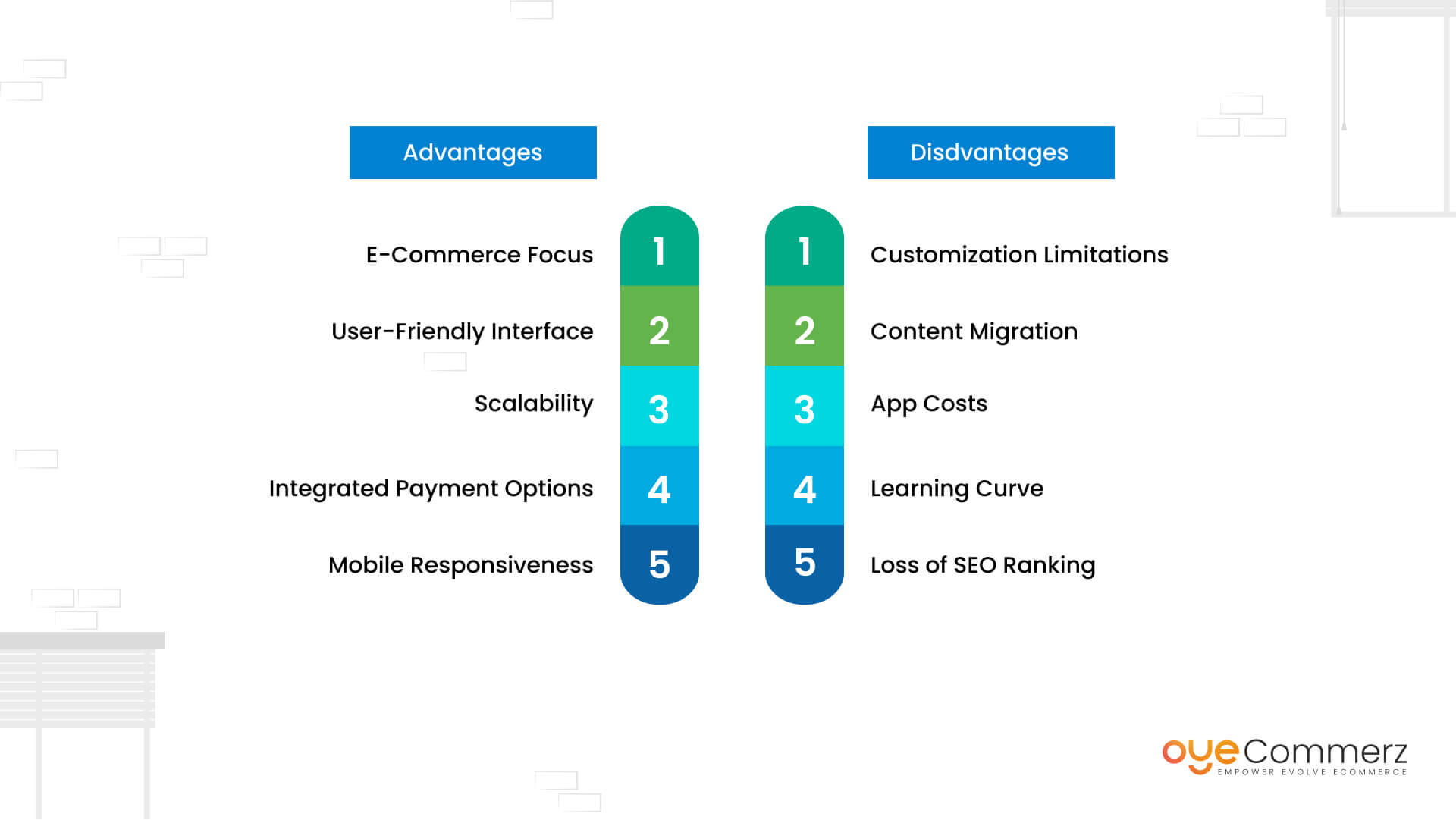Shifting from WP to Shopify is an promising step toward streamlining your e-commerce operations. As companies grow, selecting a solution that aligns with growth potential, user experience, and flexibility becomes crucial. Shopify is widely recognized as a favorite for e-commerce professionals, offering superior flexibility, data protection, and ease of use. In this guide, we’ll explore the transformative impact of this migration, discuss the advantages, and provide practical tips to ensure a smooth transition.
1. Why Switch from WordPress to Shopify?
WordPress, paired with WooCommerce, continues to support countless online stores. However, as companies expand, issues like plugin dependency, data risks, and technical complexities often obstruct progress. Shopify, designed explicitly for digital retail, eliminates these concerns with an comprehensive, user-friendly platform. Real data supports this transition—Shopify powers over 4.4 million websites worldwide, with a reported 10% increase in sales performance for many businesses post-switch.
2. Shopify's Advantages for Thriving Online Stores
Shopify’s powerful platform caters for scaling brands. Its notable benefits are:
- Effortless Design Flexibility: Shopify offers over 80 expertly crafted themes.
- Integrated Tools: Capabilities such as Shopify Payments and built-in SEO streamline operations.
- Global Reach: Currency versatility and localization features empower brands to reach global markets.
Additionally, Shopify boasts an uptime rate of 99.98%, guaranteeing your website remains accessible.
3. Preparing for WordPress to Shopify Migration
Prior to starting the migration process, evaluate your current store. Analyze inventory details, customer details, and SEO performance. Tools like Shopify’s Migration Kit or external tools can simplify this process. Create a detailed strategy, ensuring all assets—item details, images, and articles—are optimized for transfer.
4. The Importance of Accurate Data Migration
Data migration forms the foundation for a successful transition. When moving from WordPress to Shopify, focus on:
- Inventory Details: SKU, descriptions, and groupings.
- Client Information: Emails, order history, and custom fields.
- SEO Optimization: Preserve meta tags, URLs, and forwarding paths to maintain search rankings.
Use tools such as LitExtension to facilitate seamless migration while minimizing errors.
5. Tailoring Your Shopify Store to Fit Your Brand
Post-migration, personalizing your Shopify store ensures it reflects your brand. Take advantage of Shopify’s drag-and-drop editor to create layouts with ease. Shopify's templates are mobile-responsive, providing a smooth user experience across platforms—a critical factor, given 74% of online shopping comes from mobile visitors.
6. Maintaining SEO During Migration
Search engine optimization is crucial for preserving your online presence during migration. Shopify is highly optimized for search engines with clean URL structures, preloaded features, and seamless blog integration. Ensure:
- Set up URL forwarding for old URLs.
- Optimize new pages with targeted phrases.
- Leverage plugins like Plug in SEO to track analytics after the switch.
7. Essential Tests After Migrating to Shopify
Once the migration is complete, run detailed checks.
Check: - Page load times (Shopify delivers faster speeds in contrast with WordPress).
- Functionality of payment gateways and transaction flow.
- Adaptability across devices.
Quality assurance guarantees your store provides a seamless shopping journey from the start.
8. Case Study of a Successful Migration
One such migration success Migration for WordPress websites story is Gymshark, a fitness apparel brand that moved to Shopify. After the switch, the company saw a 60% increase in mobile sales and significantly lowered site downtime. This highlights the capabilities of Shopify in enhancing online business success.
9. Challenges and Solutions
Migration is not without obstacles, such as data integrity and reconfiguring custom functionalities. However, Shopify’s extensive assistance and external professionals simplify the process. Partnering with qualified Shopify developers helps guarantee a smooth transition.
10. Starting Your Journey with Shopify
Migrating from WordPress to Shopify marks a strategic decision to online retail. By focusing on growth, streamlining operations, and improving buyer satisfaction, Shopify enables companies to succeed in challenging industries. Shopify migration pricing
Conclusion
Switching from WP to Shopify offers a smart solution that can significantly boost your online business performance. With a robust migration plan, the right tools, and professional guidance, you can achieve new success milestones.
Ready to make the leap? Reach out today to learn how our Shopify migration services can revolutionize your e-commerce platform. Get in touch today, or consider: Can your business afford to miss out on Shopify’s growth potential?
